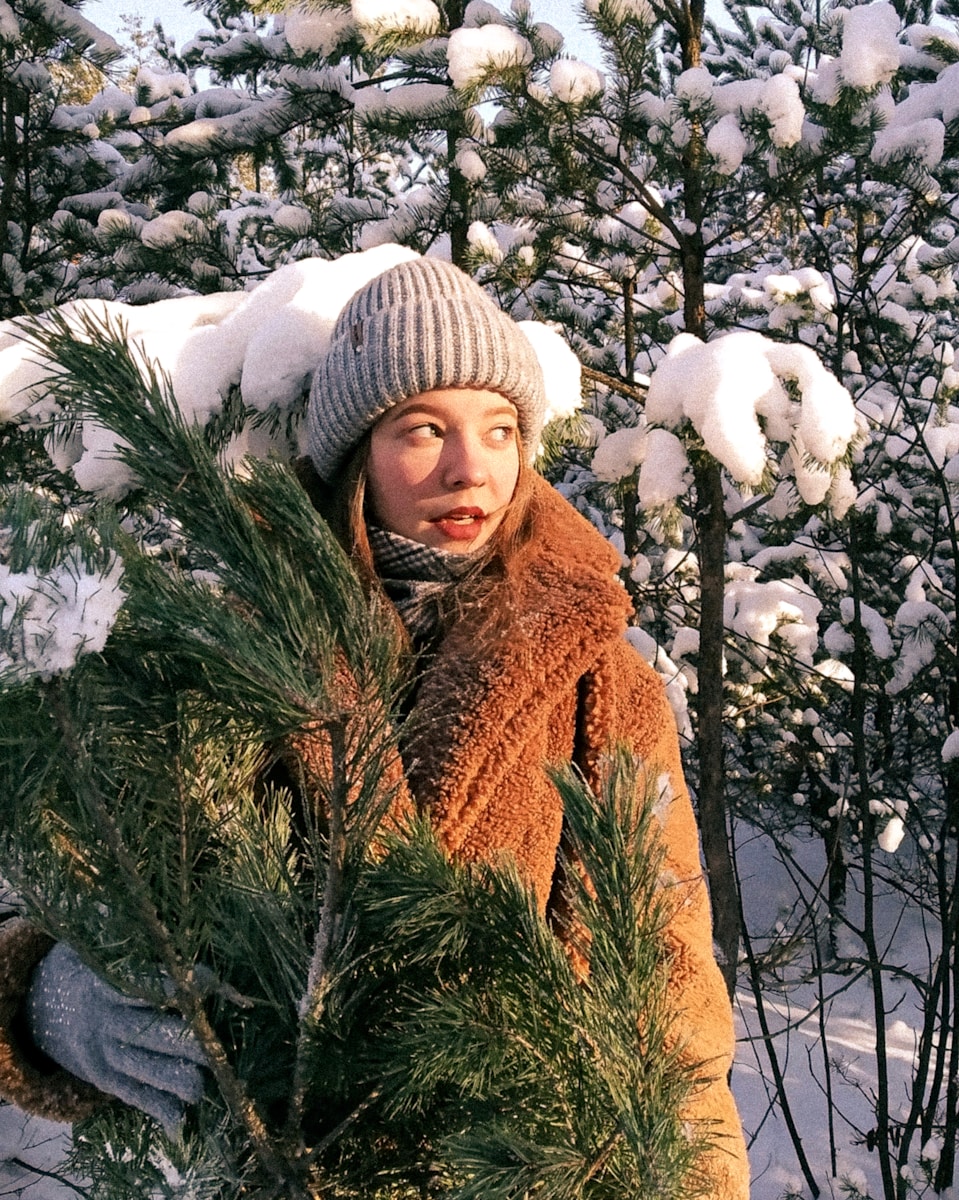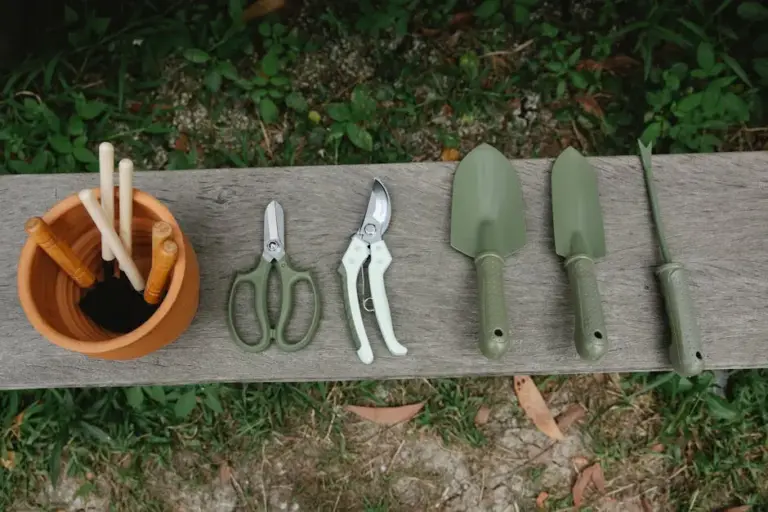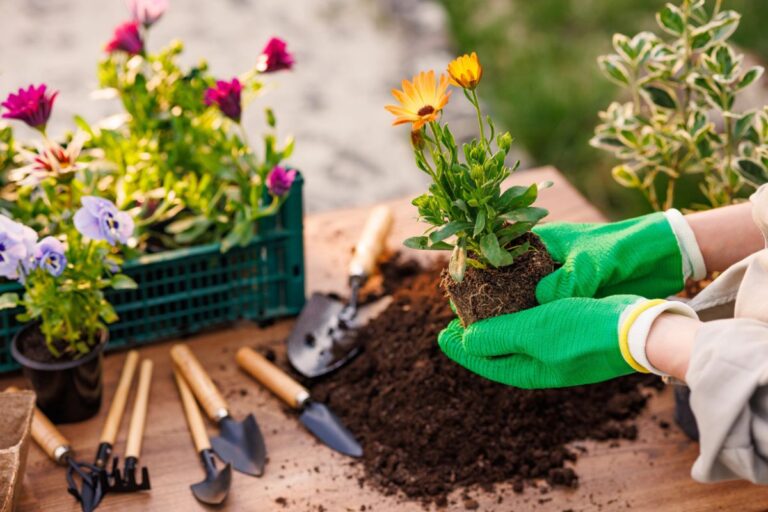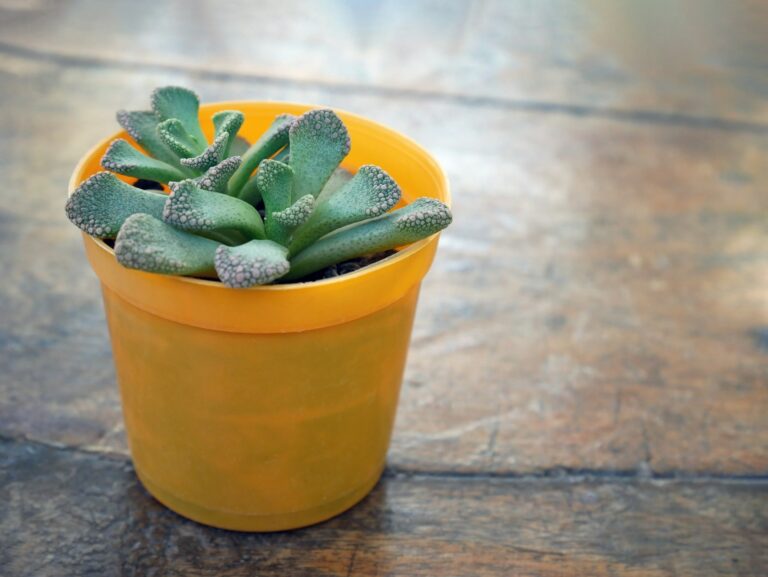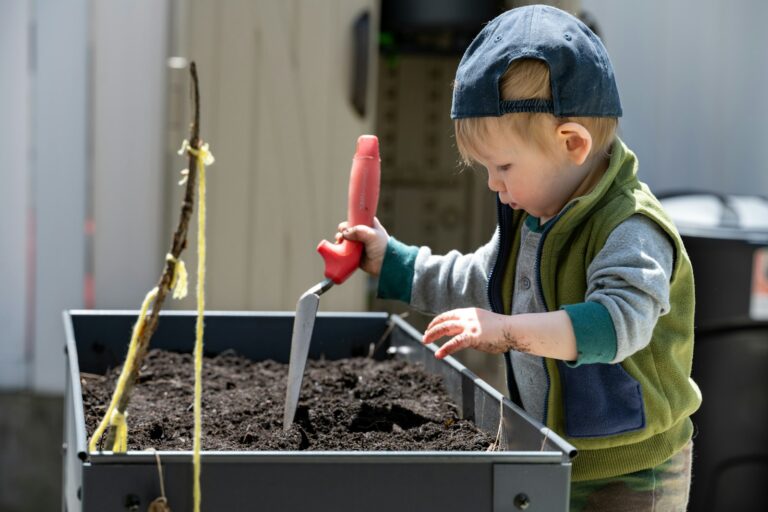What Gardening Teaches About Patience During Winter: Embracing Growth and Stillness
If you’ve ever looked out at your garden in winter and wondered if anything at all is happening, you’re not alone. The quiet and stillness can feel endless, but there’s more going on than meets the eye.
Winter in the garden is a lesson in waiting. It’s a time when nothing seems to change, yet everything is getting ready for what comes next.
Understanding plant dormancy teaches patience in growth cycles
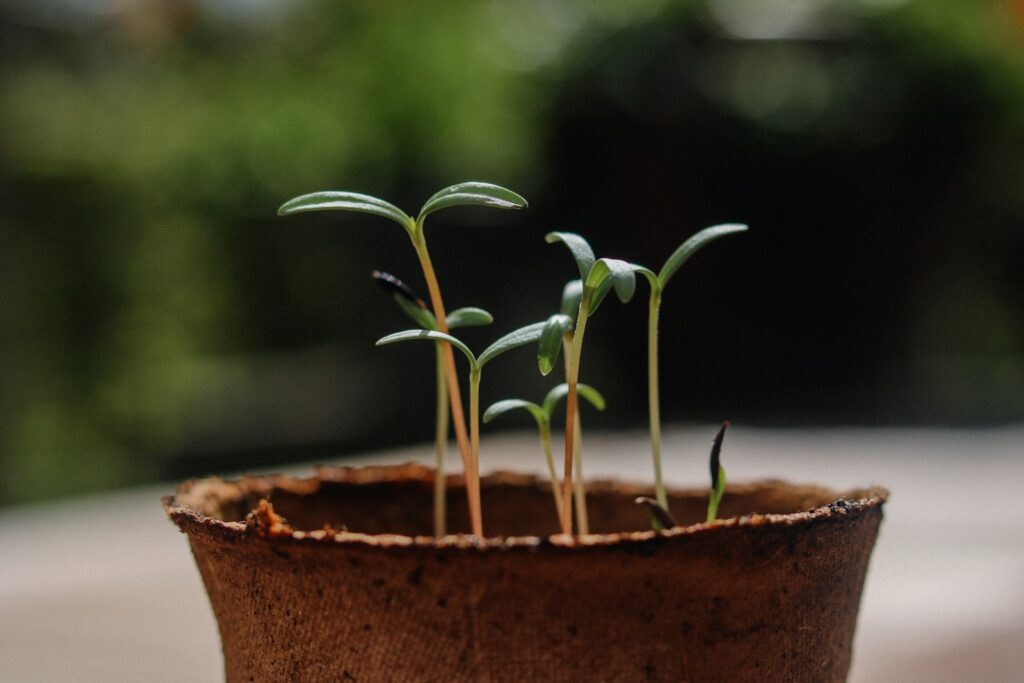
Plants don’t grow all the time. When winter comes, many of them enter dormancy.
Growth slows or stops as plants save energy. Colder temperatures and less sunlight trigger this pause.
Your plants rest and wait for better conditions. This break helps them survive tough weather.
You learn not to disturb plants during their sleep. Overwatering or trying to force growth can actually harm them.
Respecting dormancy teaches you to give care at the right time. It’s a reminder that sometimes the best thing you can do is wait.
Winter is a reminder that progress often happens in stillness
A winter garden can look like it’s at a standstill. The ground is quiet and the plants seem to be doing nothing.
But beneath the surface, roots are growing and bulbs are storing energy. Change is happening out of sight.
This hidden progress teaches you that growth isn’t always loud or obvious. Sometimes, it’s slow and silent.
Learning to appreciate this stillness helps you trust that your efforts will pay off when the time is right.
Patience helps gardeners trust nature’s unpredictable timeline
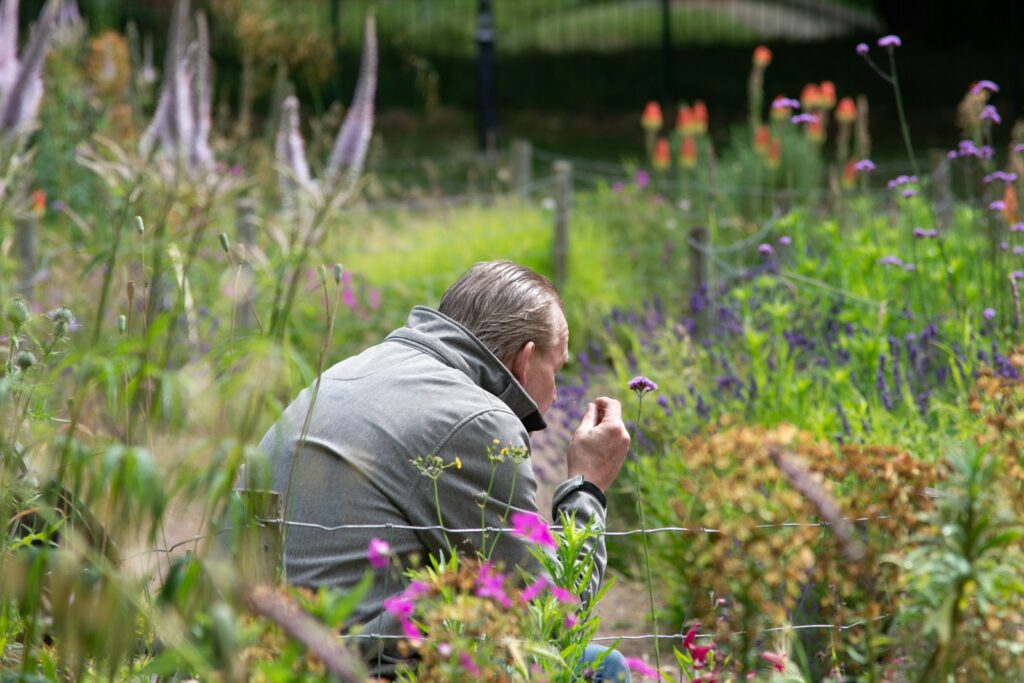
Nature doesn’t care about your calendar. Seeds might take longer to sprout and plants might pause for weeks.
At first, this can be frustrating. You want to see results.
But gardening helps you accept nature’s timing. Each plant has its own pace.
Some will surprise you with sudden growth. Others need more time.
You learn to care for your garden without rushing it. Tasks like watering and clearing weeds become ways to support, not control.
Watching small changes instead of big leaps helps you stay calm. The waiting becomes part of the experience.
Consistent care without forcing growth yields the best results
Plants slow down in winter. No amount of wishing will make them grow faster.
Your job is to care for them gently. Water when needed and check for pests.
Don’t overfeed or move them too much. That only causes stress.
By sticking to simple, steady routines, you help plants rest and recharge. This prepares them for strong growth when spring returns.
Consistency matters more than control. A little patience now leads to a healthier garden later.
Observing silent winter nights builds calm and perseverance
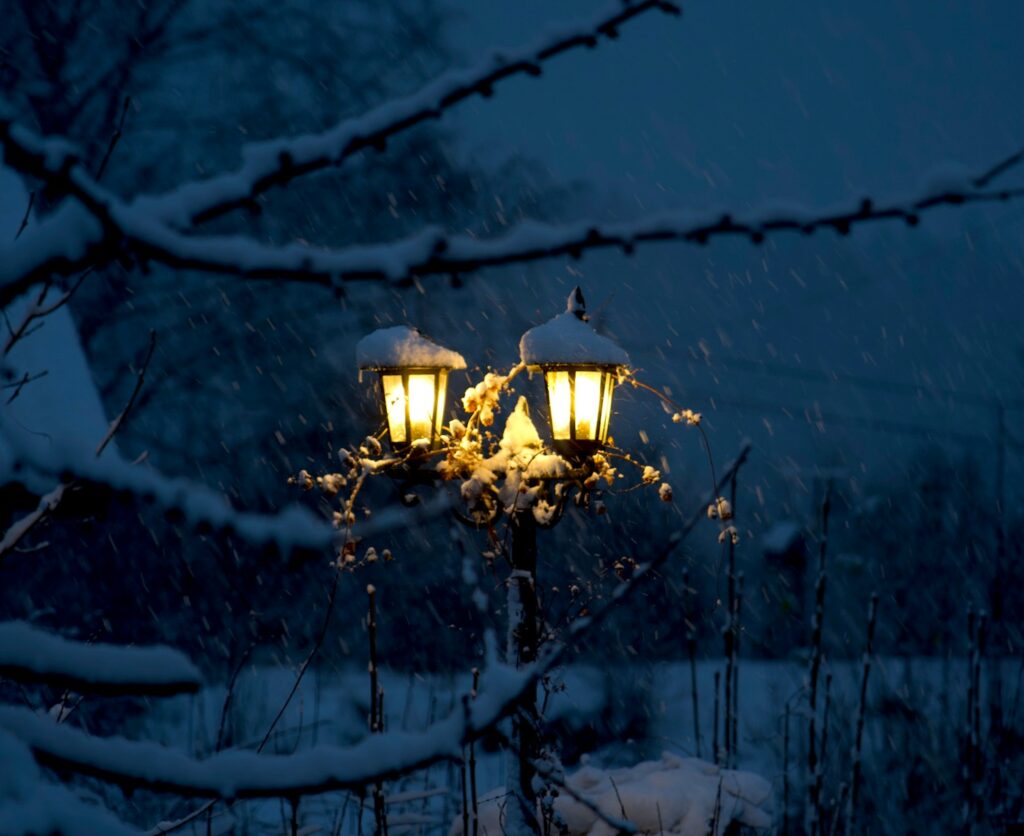
Winter nights in the garden are quiet. The usual buzz of life fades away.
In this calm, you notice how stillness can be soothing. It’s a good time to pause and reflect.
Roots are growing under the soil, even if you can’t see it. Progress is happening slowly.
This teaches you to keep going, even when results aren’t obvious. You start to value the quiet effort that leads to change.
Spending time outside on cold nights connects you with this slow process. Rest and stillness become part of what makes growth possible.
Gardeners learn to appreciate slow, gradual change
Winter gardening is about noticing the little things. The plants rest and changes are subtle.
You might spot a tiny bud or feel the soil warming up. These small signs remind you that growth is happening, just at a different pace.
Some days, nothing seems to happen at all. That stillness is important too.
Roots are getting stronger and energy is building up for spring. You learn to relax and trust the process.
Taking care of your garden in winter helps you be patient with yourself. Slow progress can lead to better results in the long run.
Winter encourages planning and nurturing without immediate results
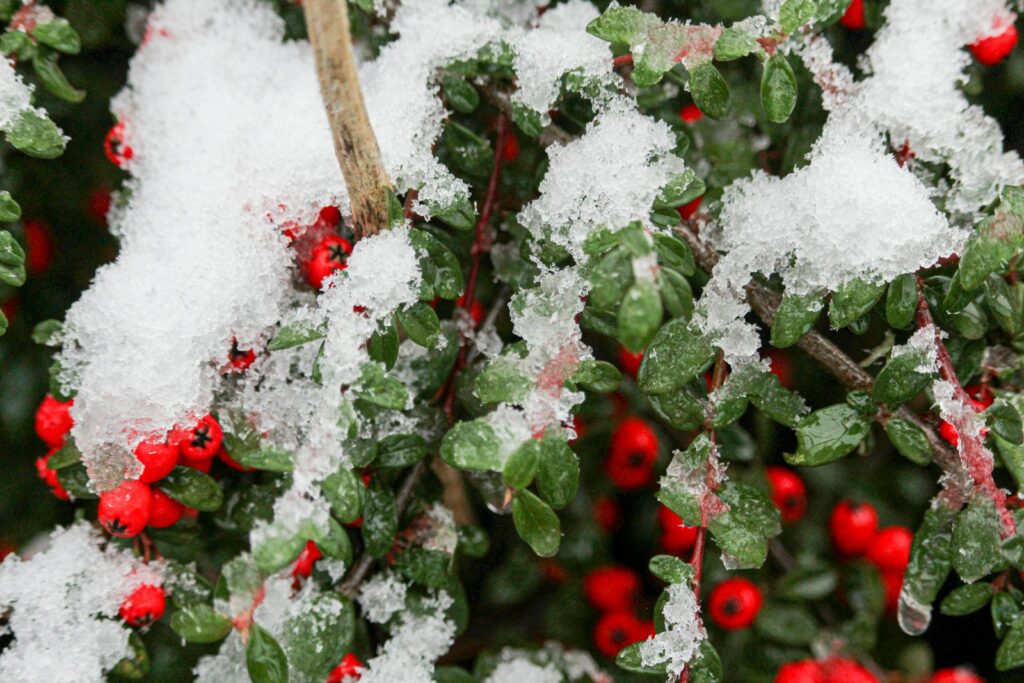
The garden doesn’t stop needing you in winter. Instead, your work shifts to planning and gentle care.
You organize seeds, check your tools, and think about where new plants will go. These quiet steps are part of building a strong garden.
Caring for indoor plants or using cold frames keeps you involved. You learn that growth can’t be rushed.
Your patience now sets the stage for a better garden when spring arrives.
Waiting for spring bloom mirrors life’s need for timing
A winter garden might look lifeless, but there’s a lot happening beneath the surface. Plants are gathering strength for the next season.
This waiting period is a good reminder that not everything needs to happen right away. Timing matters in gardens and in life.
Just like plants don’t bloom too early, you don’t have to rush your own goals. Some things are worth waiting for.
The slow prep work of winter leads to colorful blooms in spring. You start to see the value in patience and good timing.
Patience grows as seedlings rely on unseen root development
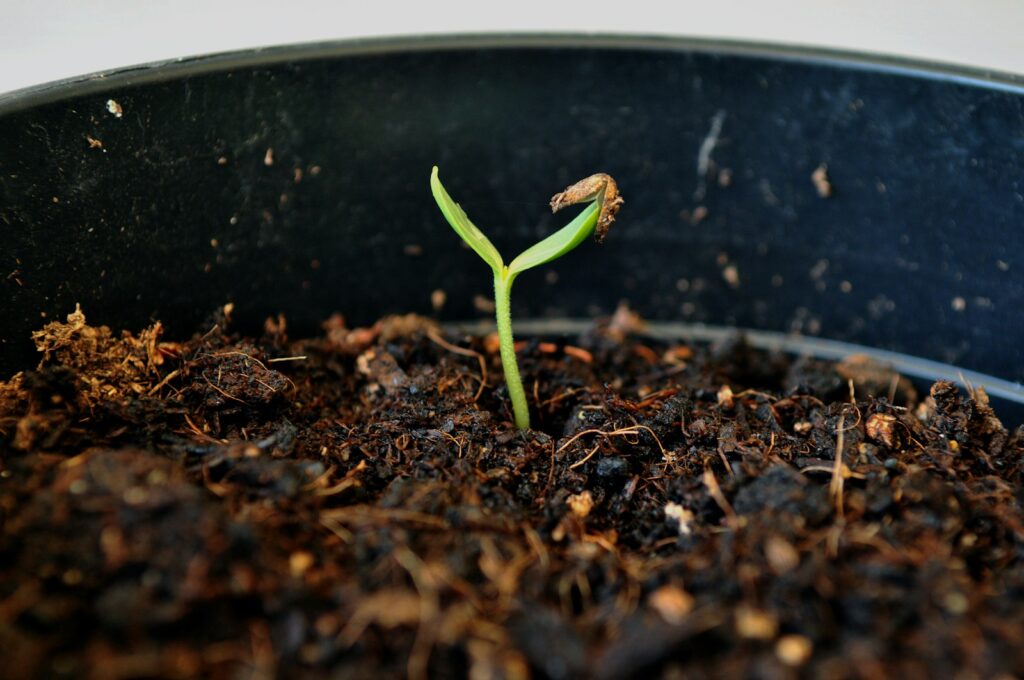
When you plant seeds, it’s tempting to check for green shoots every day. But often, nothing happens above ground for a while.
That doesn’t mean nothing is happening. Roots are quietly spreading and gathering nutrients.
Learning to wait for this hidden work builds patience. You realize that some of the most important changes aren’t visible at first.
Watching seedlings develop helps you trust the process. Solid roots lead to stronger plants later on.
This lesson carries over into other parts of life. Quiet effort often comes before any results show.
Embracing setbacks teaches resilience and steady care
Winter gardening is full of challenges. Cold, frost, and slow growth can feel discouraging.
Setbacks are normal, but steady care makes a difference. Even when progress stalls, your attention helps.
You learn to adapt and keep trying. This builds resilience and patience.
Gardening in tough seasons shows you how to handle setbacks without giving up.
How Gardening Fosters Patience in the Winter
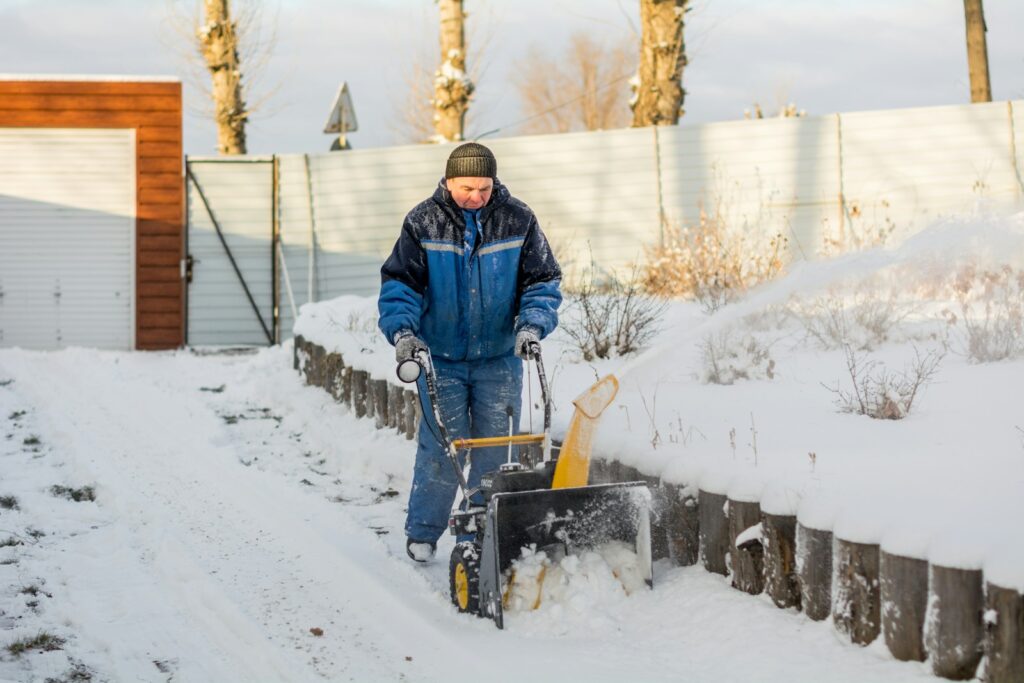
Winter slows everything down, including your gardening routine. You start to notice the small changes and the quiet patterns in nature.
You learn to wait and watch closely. Resting periods become just as valuable as busy ones.
Understanding the Rhythms of Nature
Many plants look still in winter, but there’s quiet work happening underground. Roots grow slowly and seeds rest.
You can’t speed up these cycles. Each season matters in its own way.
Trusting these rhythms helps you become more patient. Nature works on its own schedule.
The Value of Slowing Down
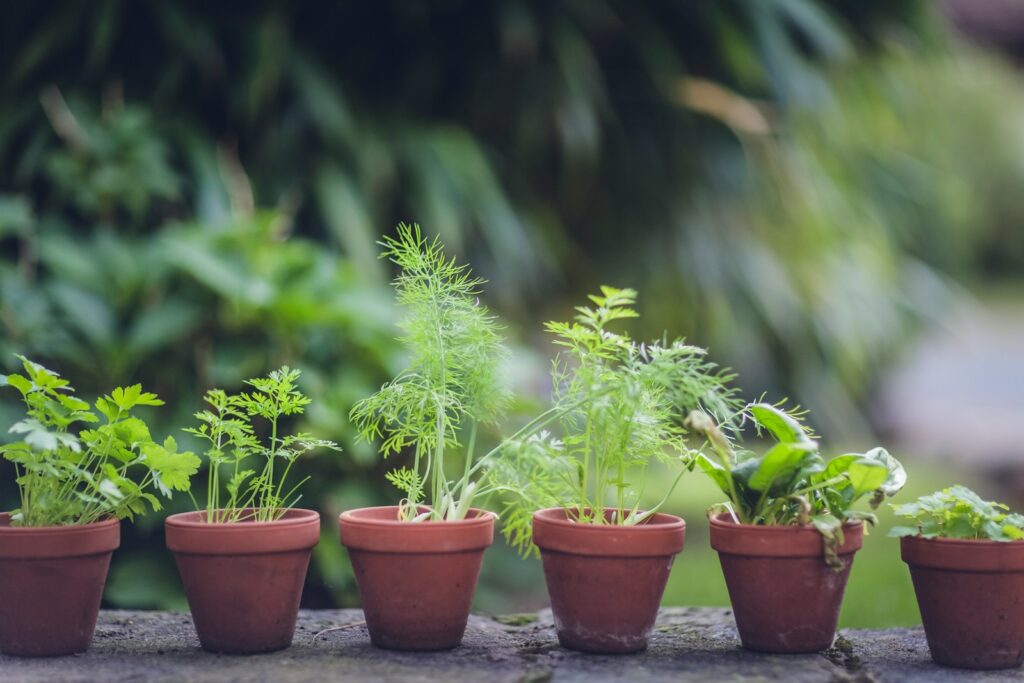
Winter means less planting and harvesting. You spend more time observing and planning.
This slower pace lets you enjoy simple tasks like caring for soil or prepping for spring. Waiting with purpose becomes a new habit.
Patience grows as you stay committed, even without immediate results.
Mindfulness and Reflection Through Winter Gardening
Winter gardening invites you to focus on simple, quiet moments. You start to appreciate the peaceful side of caring for your plants.
Embracing Quiet Moments

The world feels softer in winter. The garden is still, but there’s beauty in small actions like watering or checking the soil.
You might notice frost on leaves or sunlight on bare branches. These details make gardening feel almost meditative.
Taking time to slow your breath or focus on your senses keeps you grounded. Even cold, dark days can feel meaningful when you’re present.
Nurturing Hope for Spring
Winter gardening can feel like you are in a holding pattern, but there is plenty to do while you wait for warmer days. Caring for your plants now helps set the stage for new growth.
You might find yourself planting seeds, pruning branches, or protecting roots from the cold. These small tasks require patience and a bit of faith in what’s to come.
Noticing little changes or keeping a journal can make the waiting easier. Each note or observation reminds you that spring is on its way.

